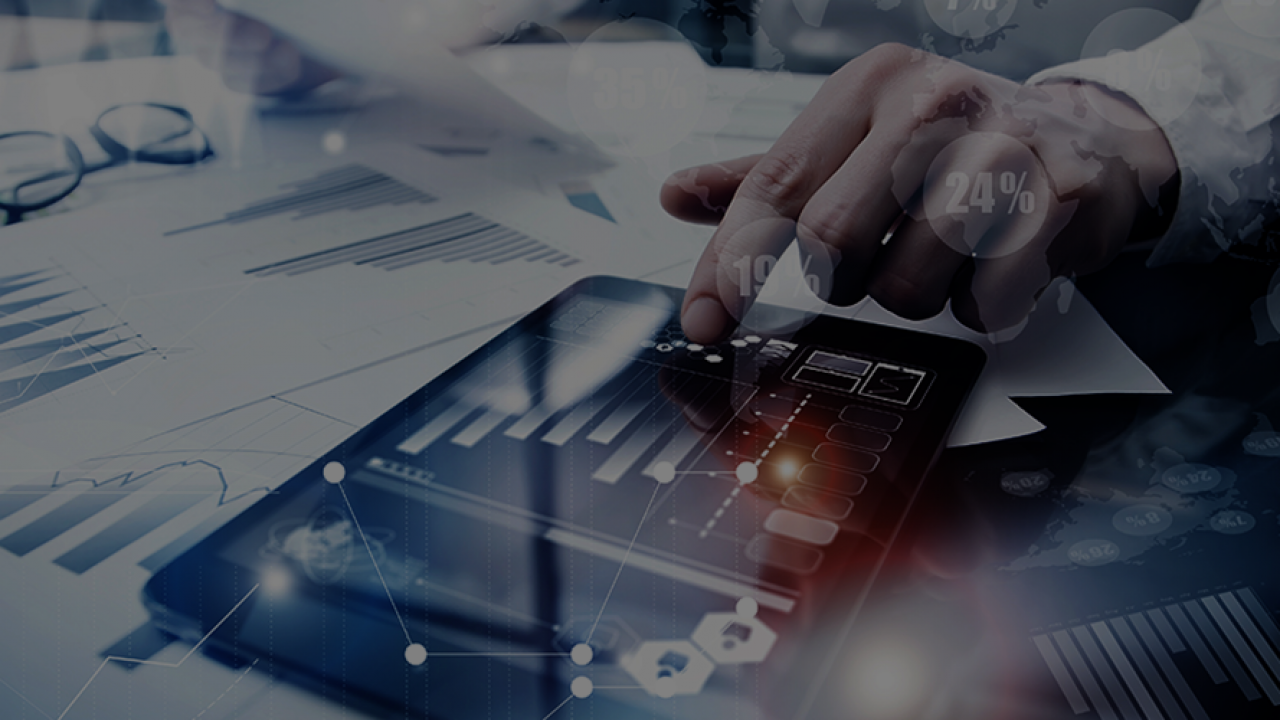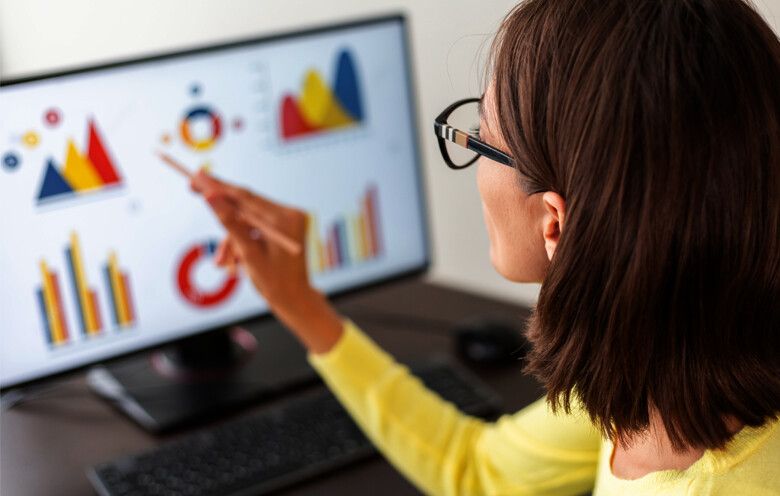When we work with Power BI, it is quite common to confuse reports with dashboards. This is because both are canvases made up of visualizations that graphically represent a set of data. But despite this similarity, reports and dashboards in Power BI have very different functionalities and characteristics, and for that reason, it is very important to distinguish between them.
What is a Report in Power BI?
Reports in Power BI can be made up of more than one page in which all this information available in the dataset from which it is fed is represented, through visual objects.
When we talk about reports, we have to keep in mind that they are based on a single data set. This does not mean that it cannot be connected to multiple sources, but rather that the different sources of information are grouped in the same model or data set.
In terms of functionality, the report can fully interact with the extracted data. Thus, they can be filtered, modified, and even create new measures from these. Therefore, it is in the report that visualizations are created from scratch from the data loaded into the model.
If we look at the previous image we can see available the functionalities that we detailed of the reports in Power BI. Among a large number of capabilities, we find highlighted all the:
(1) Data tables through which we can work our model,
(2) The field of visualizations where we have available the visual objects that we can use to represent the data, and
(3) The different pages that make up the report.
What is a Panel or Dashboard in POWER BI?

A dashboard in Power BI is a canvas in which we find a summary of one or more reports. As we mentioned at the beginning, it is also made up of visualizations, but there is a big difference: we don’t create them, they are imported directly from one or more reports.
This means that, unlike reports, dashboards can have more than one dataset as their source, since they are linked to reports every time we import one of their visualizations.
The previous image refers to a flow where we can see that each report has a single data set (even if it has more than one source of information) and instead the panel comes from two reports at the same time since it contains visualizations of both of them.
At a functional level, we could say that the panels or dashboards are used to have those values and metrics represented in a summarized way that helps us to control and monitor the most important actions to be able to conclude quickly. In fact, for this same reason, they are made up of a single page, unlike reports. For example, we could have a summary of the most important KPIs of our company in a panel.
Instead, in the reports, we find much deeper analysis that requires interaction and editing that dashboards cannot give us.
In this panel, for example, we can see several visualizations that we have imported from two completely different reports. We could modify the size of the visualizations and even change their title, but in no case modify the data that forms them or any other aspect of the visual object, since this is done from the reports.
Discover all the Benefits that POWER BI Gives you
Reports and dashboards in Power BI are two basic concepts and fundamental pillars in the tool, but there are many functionalities in these that you can get to know and master and that will bring you great advantages in your day-to-day life.
Al Rafay Global Power BI consulting company that is specialized in Microsoft tools. We accompany you in every step of your training to ensure that you maximize productivity.

